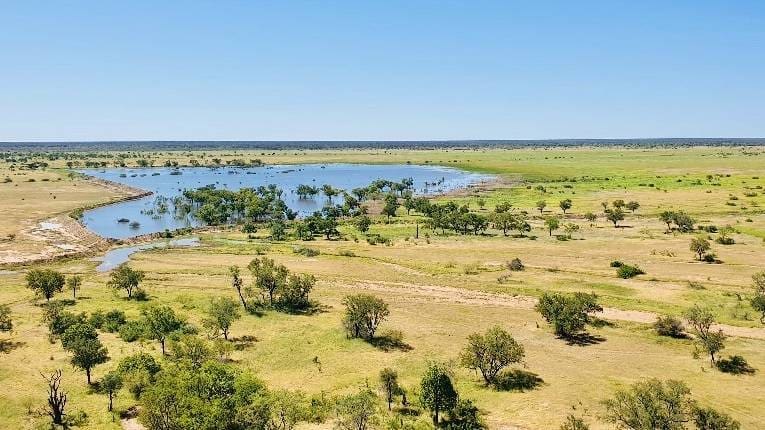
Saxby Downs has excellent frontage country, including 8000ha of cultivatable land on the banks of the Saxby River.
- Saxby Downs aims for $60m plus
- NT blue ribbon Larrizona
- Carbon farming guarantee
- Historic Bowen Downs up for grabs
- Glenochar dressed in its dinner suit after rain
- Tightly held Marlborough country
- $12m each being sought for two St George properties
- Diverse NSW country offered
- Dawson Valley calf factory
- Breeder block Cluny in great shape after rain
SUBSTANTIAL grazing property assets across Queensland and New South Wales worth around $150 million have hit the market in the past fortnight, in what has emerged as a mini property listing boom, following earlier rain.
This week’s property review includes this wrap-up of significant recent listings across the country, and a separate article of recently completed sales of note.
Saxby Downs aims for $60m plus
More than $60 million is expected for northwest Queensland’s Saxby Downs, including 20,000 head of Charbray-based composite cattle.
The 227,400 hectares of safe and low-cost breeding and backgrounding country, located 120km north west of Richmond, is being offloaded by the McClymont family’s AJM Pastoral Co.
The herd comprises 11,000 ‘Saxby Gold’ Charbray composite breeders, 3000 heifers plus followers and 6500 weaners/calves.
Large Dalby commercial feedlot operator Morgan Pastoral and grainfed processor Kilcoy Global Foods secure thousands of the Saxby Gold composites each year for their grainfed beef businesses.
Shane Stafford from Richmond-based Stafford Stock and Property said the self-replenishing herd offered attractive opportunities at a time when Australia’s cattle herd is at a 30-year low, while experiencing record beef prices.
The country on Saxby Downs features frontage downs and forest country that can carry 25,000 cattle.
The Saxby River frontage country is mainly used for backgrounding, with 8000ha of cultivatable land.
The majority of the property consists of equal parts broken forest country with gidgee patches and safe forest country used for breeding.
After 12 years of ownership, Alister McClymont said the time had come to consolidate and execute a succession plan.
“We own plenty of country and have two children who own their own places. We chose to sell Saxby Downs because of the capital gains tax,” he said.
Water development
Mr McClymont said substantial water infrastructure improvements had doubled Saxby’s carrying capacity.
“In two years, my eldest son took it from a 10,000 head enterprise to a 20,000 head operation, because it had never been developed with waters.”
The greatest asset is the 20 free-flowing bores (three updated) with no pumping costs, and three sub-artesian bores. These flow up to one million gallons/day to 53 tanks and 83 troughs via poly pipe, providing water year-round. Of these, 28 tanks, 63 troughs and 16 pipelines are new.
Mr McClymont said improved fencing and controlled grazing during the wet season had also contributed to the growth in stock capacity.
The Saxby River and the numerous creek channels provide natural seasonal water. There are also 44 seasonal dams and 12 long-lasting dams.
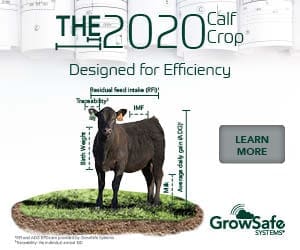 Mr McClymont believes the operation will attract mostly corporate investors, but large farming families may also show interest.
Mr McClymont believes the operation will attract mostly corporate investors, but large farming families may also show interest.
“This place has come through the drought and held 11,000 cows. There aren’t many places in the north that have been able to do that,” he said.
Mr McClymont believes the herd would average $1000 a head at current prices.
“It isn’t a Brahman herd. It’s a composite herd which suits the southern feedlot industry and that’s why we get a premium. Live export sets the price and because we have better quality composite cattle, it achieves a premium over and above the current rate.”
Media reports at the time the the McClymonts bought Saxby in 2008 suggest they paid about $26 million to previous owner, Mr Isa Mines’ Colinta Holdings pastoral arm.
Being sold with extensive plant and equipment, Saxby Downs is being sold by tender closing on May 7.
NT blue ribbon Larrizona
Brian and Cathy Lester (Lester Pastoral Co) are selling their Northern Territory holding Larrizona, located on the Sturt Plateau, 160km south west of Katherine.
The property produces quality livestock, hay and seed.
The Lesters own a number of cropping, lotfeeding and livestock properties in Western Australia and have decided to offload the station as part of a family restructure.
Spanning 70,200ha of perpetual pastoral lease, and receiving annual rainfall of 750mm, Larrizona features consistent areas of red arable soils with an equally impressive section of black soil traversing the property from the eastern boundary to the south western boundary.
Andy Gray from Ruralco Property said the country was magnificent.
“It is very fertile and runs a 7000 Brahman herd boasting excellent quality, weight-for-age, temperament and is majority polled,” he said.
The owners also use 1000ha of cultivation, producing Cavalcade stylo seed to meet growing market demand, clean sought-after hay for live export use and introduced pasture species to background livestock.
Further to the developed cropping and improved pastures, extensive areas have been sown to Seca stylo.
In addition to the existing development, NT Government clearing permits are issued to increase the existing cropping area by a further 400ha (possibly to cotton), with clearing scheduled to commence during this wet season.
Mr Gray believes Larrizona will attract those wanting to come into the NT market with an established, high-grade cattle herd.
The property is being offered on a walk-in walk-out basis inclusive of plant, equipment and livestock. Expressions of interest close on May 29.
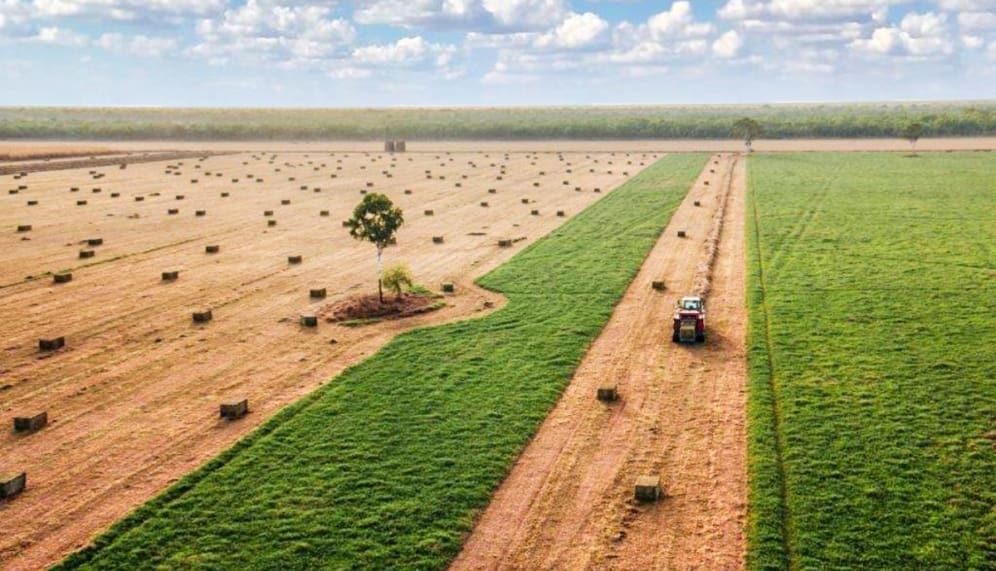
Larrizona produces quality livestock, hay and seed.
Carbon farming guarantee
International expressions of interest are being sought for a southern Queensland border region property portfolio, which is likely to achieve in excess of $20 million.
The Devine – Oratara Pastoral Property Portfolio comprises 49,200ha of large-scale dryland grazing and carbon farming held as four landholdings within two contiguous aggregations, 7km apart, situated near Dirranbandi,
- The 22,884ha Kulki and North Kulki can run 3700 adult equivalents or 29,600 dry sheep equivalents. Almost half the property is under carbon projects.
- The 26,313ha Kanowna and Oratara have an assessed carrying capacity of 2525 AE or 20,200 DSE.
The pasture and infrastructure development on the properties, including exclusion fencing, allows for a combination of sheep, cattle and goat enterprises.
Over the coming 20 years, the portfolio is expected to generate $15 million in carbon income, secured by government contracts up to 2026. In addition, significant areas are available for further carbon projects.
Simon Cudmore from CBRE Agribusiness said normal dryland grazing is permitted within the carbon project areas.
“Vendors Dominic Devine and Graham Kenny developed a very different, sustainable model allowing grazing and repeated timber clearing,” he said.
“The timber is not locked away – which over the long term gives the owner greater flexibility.”
Mr Cudmore believes the portfolio will attract large-scale sheep operators who will use the carbon credits as drought-proofing; corporates (such as BHP or Rio Tinto) chasing carbon credits; sheepmeat supply chains looking for backgrounding country; and high net worth investors who can generate income from a lease arrangement.
The Devine Oratara Pastoral Property Portfolio is being offered for sale in one line, or as two separate aggregations, via an international expressions of interest campaign closing on May 7.
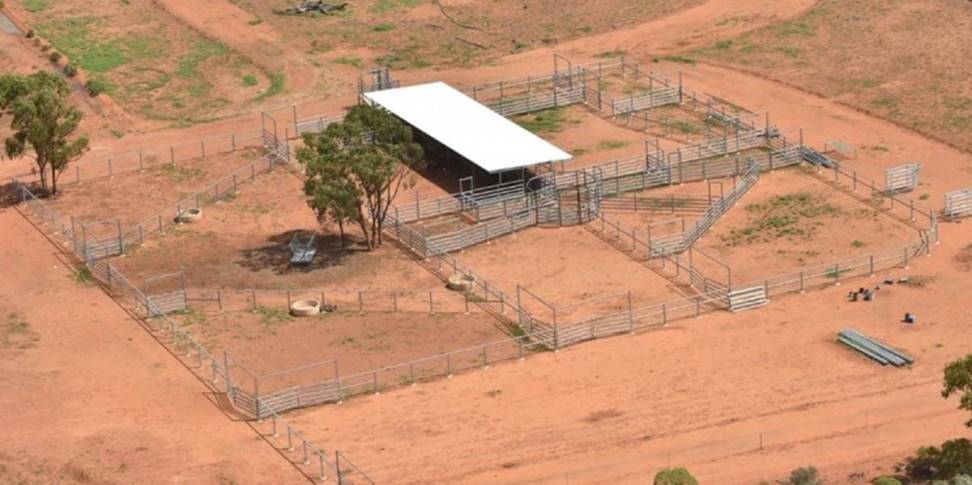
The pasture and infrastructure development on the Devine Oratare properties, including exclusion fencing, allows for a combination of sheep, cattle and goat enterprises.
Historic Bowen Downs up for grabs
Muttaburra’s historic Bowen Downs will be sold via online auction on May 6 by Wally Cooper’s Rural Property & Livestock and JLL International.
Located 70km north west of Aramac and 236km from Blackall, in central western Queensland, the 62,805ha cattle and sheep operation was established in 1863, and subsequently managed for 110 years by the Scottish-Australian Company.
The country is predominantly open Mitchell/Flinders grass downs interspersed with gidgee/vine tree and is suited to breeding, backgrounding and fattening or wool growing.
Water is underpinned by eight artesian bores which pump into a series of turkey nests and poly tanks which then pump to a network of troughs.
In December 2012, Central Queensland cattleman Graeme Acton (Acton Land & Cattle Co) sold the then 44,500ha Bowen Downs (including Tyrone) to Bill Hartley and family for $9.7m or $154/ha.
The Hartleys, who were running an aggregation of properties in the Injune/Mitchell district, owned the neighbouring Camara, located to the west of Bowen Downs towards Muttaburra.
Today, the 62,805ha Bowen Downs aggregation includes Camara and Wilton at Aramac. It is being sold to wind up the family estate after Bill Hartley passed away last year.
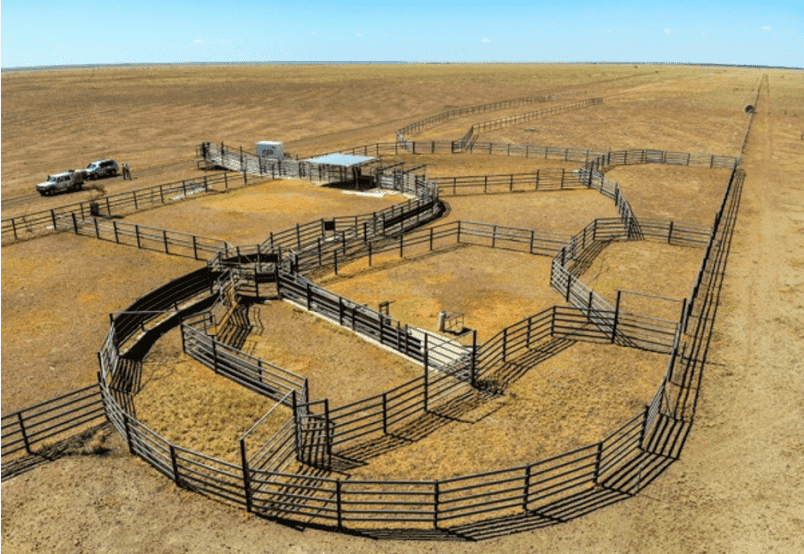
Muttaburra’s historic Bowen Downs will be sold via online auction on May 6
Glenochar dressed in its dinner suit
After 123 years of single-family ownership, Adam and Margaret Grieve have decided to list Glenochar, in Queensland’s Maranoa region.
Glenochar once formed part of the renowned Mount Abundance run, named in 1846 by explorer Major Thomas Mitchell after the ‘abundance of pasture’ in the area.
Vendor Adam Grieve said his grandfather arrived in the region in 1897.
“My great grandfather was a shepherd in Scotland where there is a Glenochar of the same spelling. My father believes the property was also named after the red ochre in the hills around here.”
Situated 15km from Muckadilla and 45km from Roma, the 3902ha operation consists of high-quality country suited to grazing and cultivation in selected areas.
Glenochar is watered by dams. It boasts excellent fencing, with all internal fences renewed between 2008 and 2018, as well as 12km of exclusion fencing.
Mr Grieve said the enterprise is suited to both cattle and sheep.
In 2003 the family established a white Dorper stud and since that time have been comfortably running between 3000 and 3500 ewes plus progeny.
Ben Forrest from the Resolute Property Group believes there will be good interest following a good season.
“Inquiry is likely to come from local sheep and cattle producers, a state-based buyer and possibly someone from New South Wales, given it is being offered with 2080 female Dorpers,” he said.
Glenochar is offered for sale via expressions of interest closing May 9 and Mr Grieve reports the property is looking magnificent – dressed up in its dinner suit after recent rain.
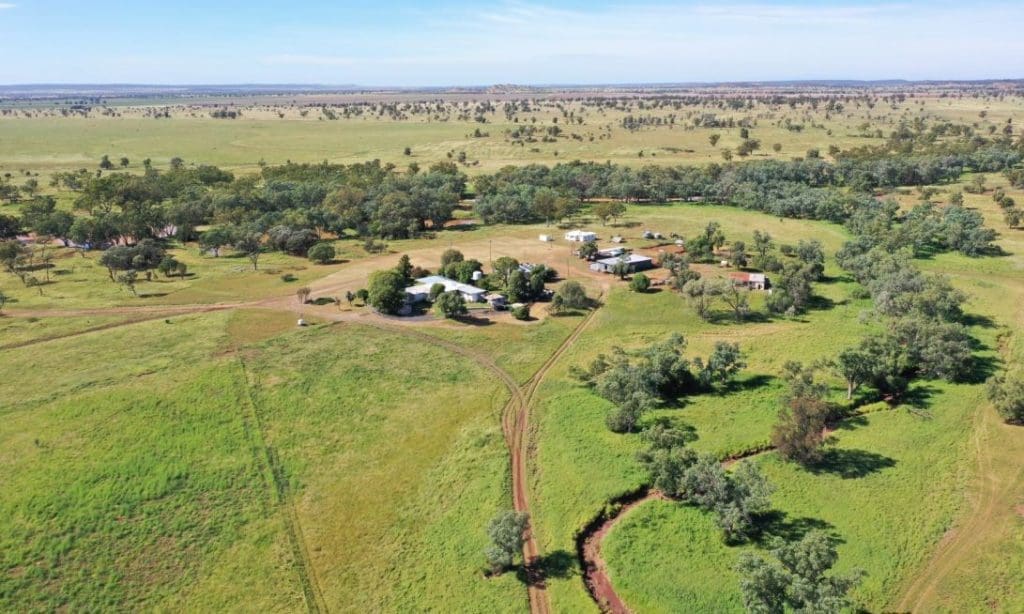
Situated 15km from Muckadilla and 45km from Roma, the 3902ha Glenochar operation consists of high-quality country suited to grazing and cultivation in selected areas.
Tightly held Marlborough country
The large-scale breeding and fattening property Develin, in Queensland’s tightly-held Marlborough district, is expected to make more than $10 million.
Located 25km west of Marlborough and 125km north of Rockhampton, the operation is being sold by Rockhampton GP Dr Peter Dunbar who is winding down his assets.
Spanning 13,776ha (11,287ha freehold plus a 2489ha forestry lease) of semi coastal country, it features a mix of improved softwood scrub, brigalow, gum creek flats, running onto undulating ironbark and rosewood, lancewood ridges, plus red tableland.
Develin is watered by 20 dams, nine bores plus permanent and seasonal waterholes in the Woodstock, Emu, Clifton, Four Mile and Redcliffe creeks.
Russell Lindley from Ray White Rural said Marlborough district properties are rarely offered to the market.
“Develin has received great rainfall this wet season and presents with a very large body of grass. It is offered with further development opportunities in a sought after, desirable cattle breeding and fattening region,” he said.
The property can carry around 3250 head of cattle.
It is being sold as a whole or in two lots, with offers to purchase closing on April 30.
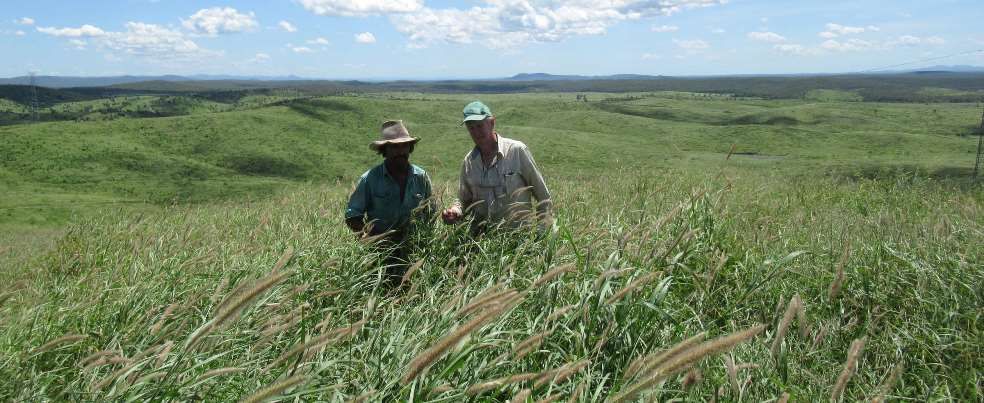
The large-scale breeding and fattening property Develin, in Queensland’s tightly-held Marlborough district, is expected to make more than $10 million.
$12m each being sought for St George properties
Ian Walker and family have listed their two south west Queensland grazing properties for $12m each.
The 19,381ha Cashmere West, 37km north west St George, features flat, developed buffel grazing on red loam and grey melon hole country.
The property is exclusion-fenced and can carry 2000 cows and followers or 20,000 sheep in the current season. Cashmere West is watered by two sub artesian bores and a network of dams.
The nearby Tarilla, 30km north east St George, spans 15,421ha and boasts 15km of Balonne River frontage.
The mostly grey soils are developed coolibah/belah country with some flood plains and run 1500 cows and followers, but also would suit 15,000 sheep.
The property is watered by a number of large earth dams.
The sale Cashmere West and Tarilla are being jointly handled by Brendan Devine, Elders and Darryl Langton, Landmark Harcourts.
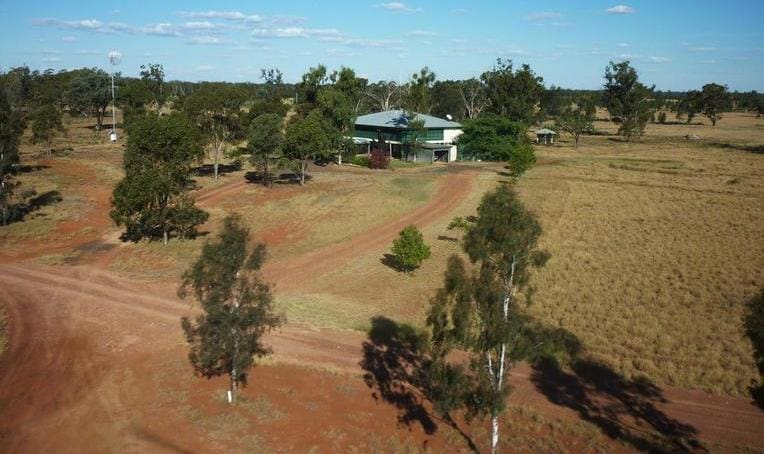
Cashmere West is exclusion-fenced and can carry 2000 cows and followers or 20,000 sheep in the current season.
Diverse NSW grazing/farming country
Glen Ayr is a diverse agricultural holding in Central Western New South Wales, operated as a farming and grazing enterprise with an emphasis on fodder and grain production, breeding and finishing livestock.
The 10,167ha aggregation is located 60km south west of Tottenham and 85km north of Condobolin.
It is made up of four holdings and is being offered as a whole, separately or combinations – 2526ha Glen Ayr, 3544ha Warrawong, 2495ha The Bluff and 1602ha Dalsboro – to capture all interested parties, including neighbours and those from outside areas.
Large areas of open country and strategic land development combine with natural low hills to produce pasture, cereals and fodder together with cattle, sheep, wool, Dorpers and goats.
The original parts of Glen Ayr were taken up by Bruce and Carol Stonestreet in the early 1970s. Over the years they added to the holding and now have decided to sell up to semi-retire.
Richard Gemmell from Elders describes Glen Ayr as well managed and maintained.
“It is presenting very well after good rain, is well fenced and watered by dams and seasonal creeks,” he said.
While currently destocked, Glen Ayr can conservatively carry 9600 DSE. Around 5230ha of cultivation country currently carries an oats crop, which is included in the sale.
Mr Gemmel believes Glen Ayr will appeal to a broad range of landholders.
“Interest is expected from farmers and graziers, both locally and interstate. There haven’t been any sales in that area on the back of the dry season, so it will provide a test for the market.”
Expressions of interest are being sought for Glen Ayr, closing on May 08.
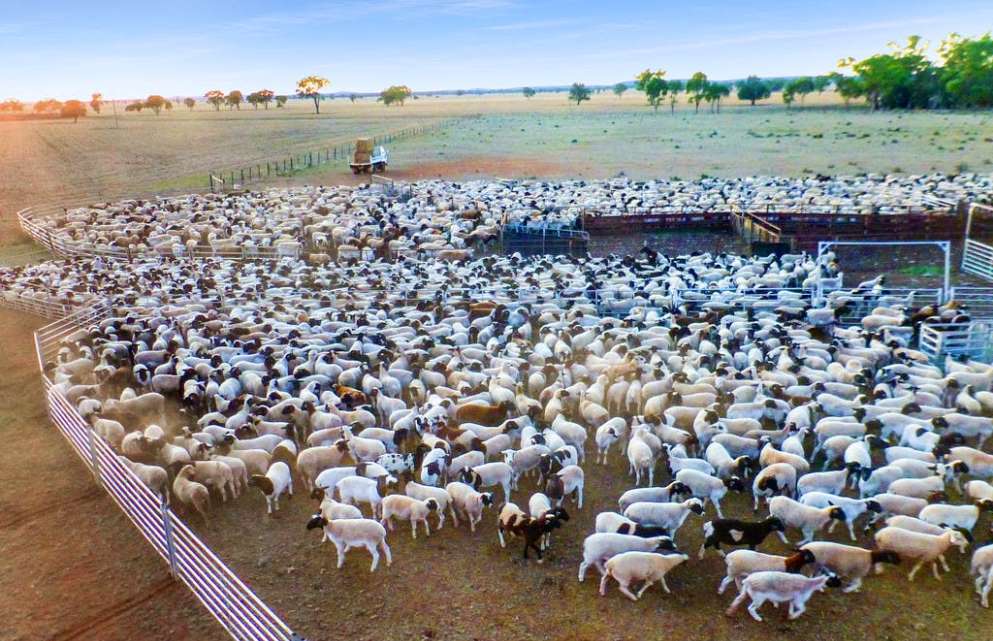
While currently destocked, Glen Ayr can conservatively carry 9600 DSE. Around 5230ha of cultivation country currently carries an oats crop, which is included in the sale.
Dawson Valley calf factory
Locals are expressing good interest in a reliable calf factory in the Central Queensland’s Dawson Valley.
Hinemoa spans 4456ha and is situated near Mimosa, 32km from Baralaba and 40km from Moura.
It’s been held by Bailey Grazing for 12 years – they leased it for nine years before purchasing the operation three years ago.
Hinemoa features predominately forest country interspersed with good areas of open country, originally timbered with brigalow, belah and box.
Brad Hanson from Hourn & Bishop Qld said the property is well developed.
“The vendors have invested time and money into water infrastructure, timber control, renovating country by pulling and stick-raking, as well as establishing improved pastures. The current 450 breeder carrying capacity is conservative and is expected to rise in the coming years,” he said.
Hinemoa is watered by a 12km dual frontage to Perch Creek, as well as two bores and a dam that is equipped with a solar pump. It will be sold via online auction on April 30.
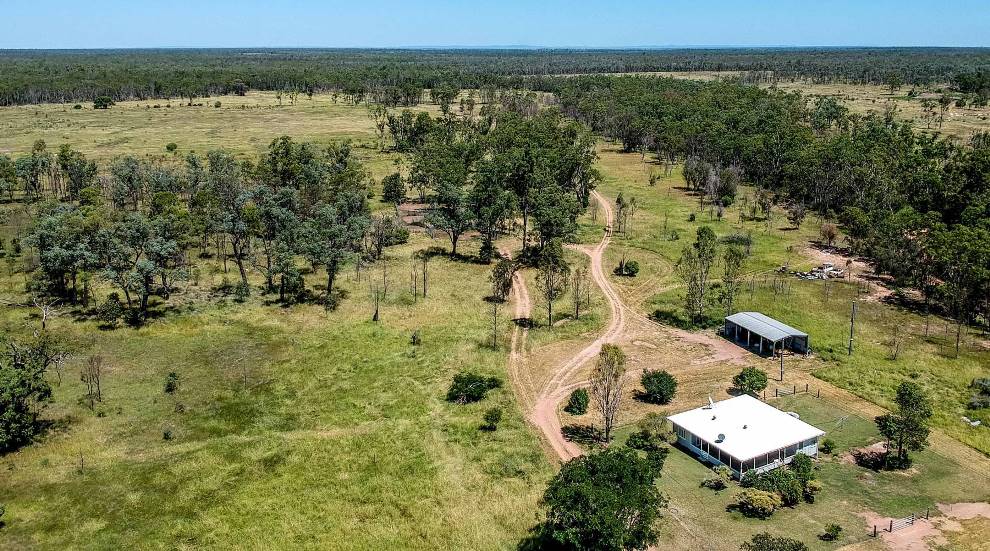
Breeder block Cluny in great shape after rain
The 1724ha breeder block Cluny, which once formed part of Bingara’s historic Keera Station, is on the market for $4.26 million ($2471/ha).
Cluny is owned by Hamish Munro, a fifth-generation descendant of the Munro family which established (and still owns and manages) Keera Station in 1858.
Mr Munro and his family have decided to sell up so they can secure more sheep country in western New South Wales.
Located 32km south of Bingara and 45km west of Bundarra, in the New England region, Cluny boasts a good mix of open gently sloping country, comprising red and brown soils, rising up to more undulating hills.
It is watered by 15 dams, two bores, two wells, tanks and 17 troughs and the Five Mile, Reedy and Keera creeks. The water is well planned with most paddocks having both dam and trough water from a reticulation system.
Since the start of February, Cluny has received 200mm of rain. The holding is currently destocked but can run 500 cows or 3000 wethers.
The sale of Cluny is being handled by Terry Adams from Moree Real Estate.
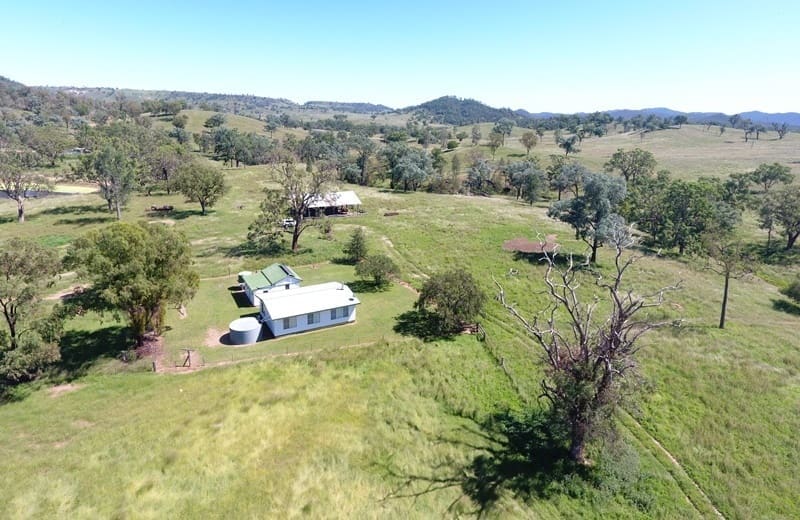
The 1724ha breeder block Cluny, which once formed part of Bingara’s historic Keera Station, is on the market for $4.26m.
Click here to access more properties listed for sale.



HAVE YOUR SAY